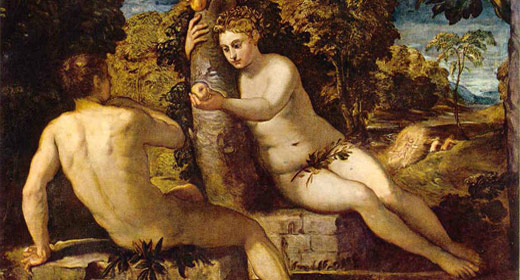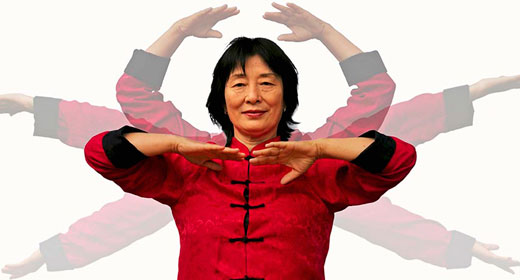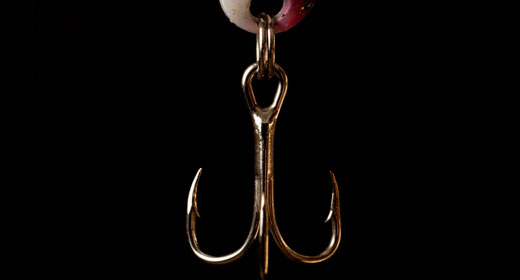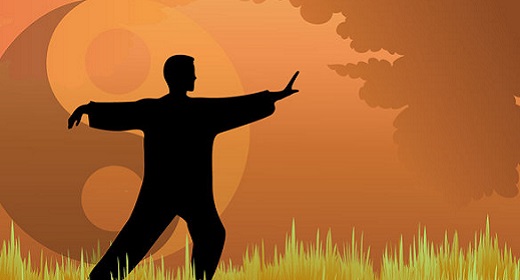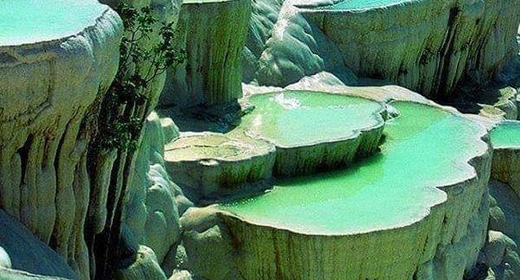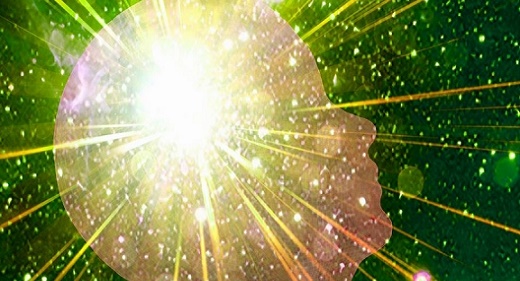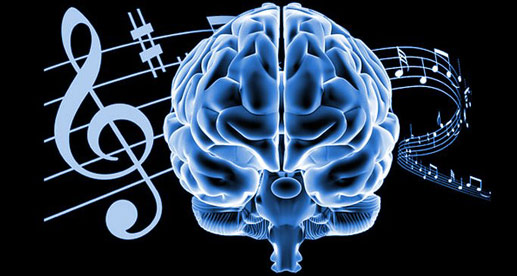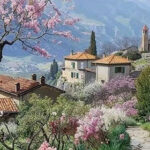by Ken Jordan: You talk about “shamanic ecstasy” in your writing and lectures. It sounds so alluring, but what does it mean? 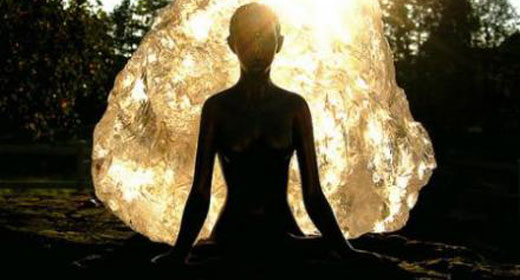
Alberto Villoldo: Well, it’s not the street drug, that’s for sure. Shamanic ecstasy is a state of primeval consciousness, or awareness, that we have lost in the West because of our fragmented lifestyles, our disconnection from nature, and the poisoning of our bodies with pesticides and heavy metals. In the West, we’re not able to attain a state of communion with the power of creation at all levels. We can’t dream the world in order to be in the world. We’re unable to bring peace into our own lives, or heal the rift we have with our loved ones, our parents, our children, our spouses, even our selves.
We live in a state of incredible disconnection and fragmentation. You find this not just in our psyche, but across the board. In medicine, for example, you have doctors so specialized in particular organs and illnesses, that a gastroenterologist won’t talk to a neurologist, even though most neurological problems start in the G I tract. When we receive bad news, or a bad diagnosis, or lose a loved one, or a relationship falls apart, we turn to a specialist instead of going out into nature, where we can rediscover a state of primeval awareness that will reset our instincts, and reset our bodies to create states of health so that healing can happen.
That’s the foundation of shamanic ecstasy. It is based on a profound reconnection with the self and the creative force of the universe that we call Spirit, with each other, and with nature.
Most of us think of ecstasy as a short burst, like a moment of orgasmic pleasure. But it sounds like you think of it as a state you’re in all the time.
Yes, though it’s not as monumental as an orgasm. An orgasm is monumental because you did not have one a minute ago, then suddenly you’re happy! But when you’re in a state of equanimity and balance, when you’re able to participate creatively in life, then there is an absence of mood. There’s no feeling of bliss or joy, there’s an absence of every mood — just equanimity.
It’s kind of outrageous to think that you could experience ecstasy, the ultimate pleasure, without stopping!
Yeah, it is pretty outrageous! But we know from working with the medicine plants and psychoactive substances that we can sustain those states for hours, right?
Sure.
The quality of the oneness experience that the plants provide is extraordinary — and it lasts for hours. But afterwards we return to our fragmented state, because we cannot sustain that level of ecstasy. Neurologically, our brain can’t sustain it. That’s because our brains are broken.
Are you saying that there are people who can sustain it?
Absolutely! You can sustain it too. It becomes more than just a pleasurable state – it’s a state of play. It becomes a state of artistic creation, a way of expressing yourself into your world and your life. When you operate within that state, then the cosmos begins to conspire on your behalf, and you can be a full participant dreaming the world into being. Then you can go on to the task of stewardship of the earth, of animals, and of all beings.
If people in South American tribal cultures live like this, why are they buying Western contrivances like iPads? This would be so much better!
Exactly. You’re asking me a question I can’t answer. But remember, when they get their iPads, they still haven’t lost that sense of connection. When we log onto the Internet, the iPad becomes the interface. For people who live in a state of shamanic ecstasy, the interface is not the screen. The interface has gotten much closer, even closer than Google glasses. The interface is internal. It’s your own neurological apparatus, your brain. You’re in the cloud, you are all of the cloud, and you can actually work to create peace in your village or in your world from that space. We Westerners experience this as orgasmic, as incredibly liberating bliss, because we’re so disconnected from it. Imagine that you’re a child who has never been to a candy store. The first time you go in, “Wow! Incredible! There’s so much to taste!” But if you work there, you have a different relationship to it.
You could teach me how to do this?
Absolutely. We have a training program for students. But first you need to repair your brain. The body has to be detoxified, because it is the vessel that holds that state of consciousness.
For a shaman, you have a pretty Western way of doing things. But you were trained to be a doctor, after all, so I shouldn’t be surprised. Do you see a conflict between scientific materialism and the more intuitive path of the shaman?
The problem is that science has become the new religion. Until science endorses something, we don’t believe it exists. But the scientific method is the best way we have of acquiring knowledge.
When I trained as a shaman in the Amazon, an old man I worked with had me follow a diet before a special ceremony. He said, “You have to eat this bark, and that root, and those leaves.” I asked why, and he said, “Because it’s always been done this way.” That wasn’t good enough for me, because I was trained in science. So I took those plants into the laboratory, and we found that these shamanic sacred plants repaired the region of the brain responsible for new learning and for ecstasy. So that was the very first thing we repaired. This is the region of the brain that is damaged by stress, by mercury poisoning, by pesticides.
That’s what the sacred plants do. The dieta you follow before drinking ayahuasca repairs the hippocampus in the brain. You can repair it in six weeks. And this is the region that is damaged by the chemicals related to stress. Let’s get a bit into the science. When we are under stress our fight or flight system has been turned on — but we can’t fight and we can’t flee. You’re stuck in traffic, you’d like to beat up the asshole in front of you, but you can’t do anything but sit there. That mechanism of the fight or flight system produces two very toxic hormones, both steroids: adrenaline and cortisol. This is what our ancestors used to run away from tigers. These two stress hormones are deadly to the sector in the brain responsible for ecstasy and new learning, the hippocampus.
The shamanic plants that are known throughout the world — with different varieties in each region — these plants repair this region in the brain. You must do this before you can be open to the experience of shamanic ecstasy. Otherwise it’s fleeting. You can’t hold it. You would have the orgasm, you know, but then you’d have to roll over and go to sleep.
For this healing process, are you eating certain foods or nutrients?
Supernutrients. But this is only the first step, because that alone will not do it. You’ve still got to take ayahuasca or have the initiatory experience. Supernutrients are plant-based and animal-based foods that we no longer have access to. Let me give you one example: DHA – the Omega 3s.
Fish oil?
Yes, the fish oils. Did you know that breast milk is 40% DHA? Because the brain needs it. We used to get our Omega 3s from fish. But all of our fish today is farm raised and the oils in those fish contain no Omega 3. What’s happened is that we have two generations of American brains that are broken – the hippocampus has been broken. If you take a high dose of Omega 3s, 4,000 milligrams, you repair the hippocampus in six weeks. I discuss this in my book, Power Up Your Brain.
Another plant that does this is turmeric. That’s why the rate of Alzheimer’s among 85 year olds in India is only 15% of the population, whereas in the U.S. it’s 50%. But if you turn on these antioxidant systems inside the brain, the neurons begin to heal and to repair, and then you can sustain those shamanic states.
You’re saying that a week or a month goes by after an ayahuasca ceremony, and you’ve acquired something through that stays with you, that affects your daily life.
Totally. If you go through the six-week preparation before doing the medicine, then you bring back the wisdom. If you think back to your last 3 ayahuasca experiences, you remember exquisite, extraordinary states. But it’ll be hard to identify the gifts and the wisdom that were so clear the morning after.
One of the criticisms of entheogens – which you hear from those in spiritual communities that don’t use them — is that once the sacrament’s effect has worn off, it’s hard to return to that elevated spiritual state. The implication is that you haven’t actually acquired a way to continually connect to deeper spiritual experience. You’re saying the opposite.
Oh, totally. If you repair the hardware, you’re able to bring back a new operating system. People’s lives are changed by sacred plants. We know that. But to be able to bring back that wisdom, for many people that’s a great awakening.
Is shamanic ecstasy, as you describe it, common among different shamanic cultures around the world, or is it specific to particular traditions?
No, you’ll find this in all shamanic traditions. Some of them call it the Spirit Flight. Others refer to it as the state of primeval awareness. Even in Christianity, Christ said, “I’m in this world but I’m not of it.” The Buddha said, “Hey, you can have heaven here on earth.” We are preceded by many great psychonauts, the individuals who mapped these realms of reality that we’re so interested in.
What is the relationship between shamanic ecstasy and the vision quest?
Before we get to the vision quest, let’s discuss step two: emotional preparation. First you prepare the hardware, now you’ve got to work on the software, which means doing the emotional preparation.
The emotional preparation requires that you shed all of your stories. You need to recognize that you are not your stories, you’re not what happens to you. Rather, you are the storyteller, you’re not your stories.
Let me give you an example. I knew a medicine woman who said one day, “Tell me about yourself, Alberto. Who are you?” And I said: “Well, you know, my father left home when I was twelve, and I’ve been looking for a father ever since, a healthy masculine role model to help me ‘be a man.’” I was 37 years old at the time. She said, “Oh, okay.”
Then I asked her to tell me about herself. We were in a canyon, and she said, “The Red Rock Mountain walls am I. The desert wind am I. This gritty sand we’re on am I. That child that did not eat today in the reservation am I.” My reaction was, “Wow! What an interesting story.” Then two days later I was flying back to L.A. where I was living. You know how you don’t talk to anybody in the plane until you land? This guy next to me says, “Tell me about yourself.” So I tell him, “Red Rock Canyon walls am I. The desert wind am I.” And he goes, “Oh shit, did I get a wacko [Laughter]
The second step is to recognize that you are not your stories, that you are the storyteller. You have to recognize this at the cellular level, in your gut. It’s not just an idea. It has to be an absolutely visceral understanding. There are processes and ceremonies for doing this. There’s a fire ceremony where we put your woes and your stories into the fire, so you can come to closure with people you’ve hurt, or who you feel have hurt you, and you erase your personal history. You dis-identify from all that – all of the social and cultural identities, and all of your wounds. You’re no longer the product of your wounds. That’s the second step. Then there’s the vision quest.
So before you go out and spend a week in a cave, meditating, doing a water fast, you need to do certain things in order to prepare.
Otherwise you’re going to have a bad experience, be angry at yourself and everybody else. But with the traditional preparation, when you do the vision quest, the first thing that happens is you do not have a vision.
But I thought the whole idea was to have a vision.
No, the theory is to not entertain any of the images or visions that come. You should discard them, because they are temptations, seductions. A vision has to emerge from the earth, through your gut, and then enter into your consciousness. It becomes a physical experience first. Then you’re left with a taste of it, which gradually begins to reveal itself to your conscious awareness. You’ve got to bring it back, almost like a seed that’s just sprouted, and you don’t know what kind of plant it’s going to turn into. You have to care for it. That’s what guides a new vision, and in the process you die to your own self.
Ayahuasca — aya means death and huasca means a rope or a vine. Ayahuasca means a vine of the dead. You have to die to the old self, to the old stories, and then take that rope up to see who you’re becoming. It has to surprise you. Because anything else is extrapolating from who you have been.
You consider these as steps in a larger process — shamanic ecstasy and the healing needed in order to reach it, the disengagement of yourself from your own stories, and then the experience of a vision quest in order to reach a greater understanding of your life purpose.
Yes, these are all part of a continuum, of a single practice.
One of our most informed and informative shamanic practitioners, Alberto Villoldo is a psychologist and medical anthropologist by training. He directs The Four Winds Society, where he instructs people around the world in the practice of energy medicine. He has written numerous bestselling books, including Shaman, Healer, Sage;The Four Insights, Courageous Dreaming and Power Up Your Brain.

